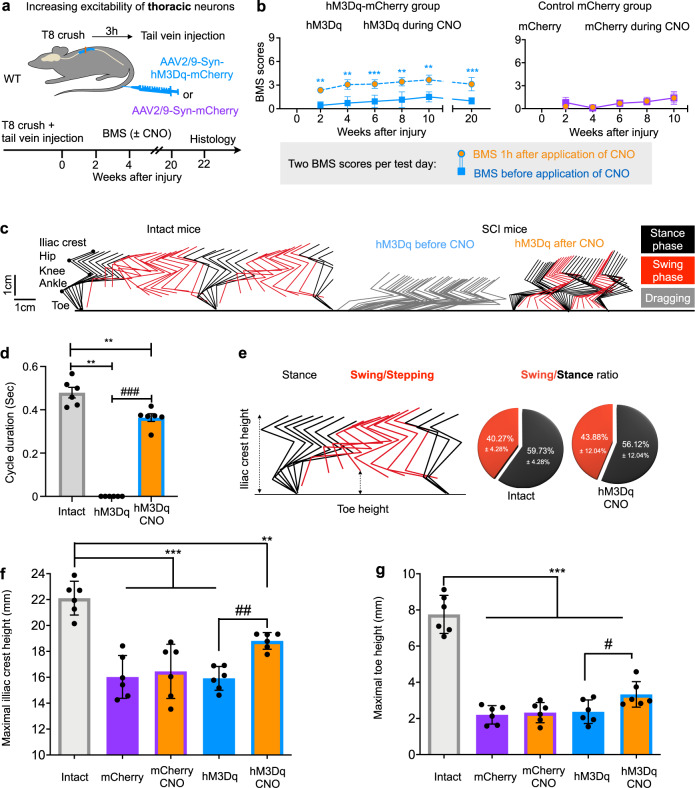Fig. 2. hM3Dq-assisted activation of thoracic neurons elicits locomotion behaviour after T8 crush.
a Experimental schematic. After a T8 crush injury, wild type (WT) mice received a tail vein injection of AAV2/9-Syn-hM3Dq-mCherry or control virus (AAV2/9-Syn-mCherry) and their locomotion behaviour was measured upon CNO administration every 2 weeks after injury. b BMS scores of injured mice with AAVs expressing hM3Dq-mCherry (left) or control mCherry (right) at indicated time points, before and 1 h after administration of 1 mg/kg CNO. hM3Dq-mCherry group: n = 7; Control group: n = 5. Data shown as mean ± SD (and also for other panels). Factorial Repeated Measures ANOVA with 2 within-subjects factors, followed by two-tailed paired t test at each time point. ns: no statistical difference, **p = 0.0090 (2 weeks); 0.0081 (4 weeks); 0.0012 (8 weeks); 0.0029 (10 weeks), ***p < 0.0001 (6 weeks, 20 weeks). c Stickviews of kinematic hindlimb analysis of intact mouse and mouse with hM3Dq expression before and after CNO injection (1 mg/kg) at 4 weeks after injury. The phases of dragging, stance, or swing were marked in indicated colours. Cycle duration (d) and swing/stance ratio (e) of intact mice and spinal cord injured mice with hM3Dq expression. Injured mice expressing hM3Dq dragged before CNO treatment, but had similar stance/swing phase distributions as intact mice (Bar chart) after CNO treatment. Two tailed paired t test for within-group comparison (#) and Wilcoxon rank sum for between-group comparison (*). **p = 0.0022 (hM3Dq); 0.0043 (hM3Dq CNO) and ###p < 0.001. Quantification of the maximum iliac crest heights (f) and the maximum toe heights (g). One-Way ANOVA with Tukey’s post test for between-group (*) and two tailed paired t tests for within-group (#) comparsion. ***p < 0.001; **p = 0.0039; ##p = 0.0040 (f); ***p < 0.001; #p = 0.0166. For (d)–(g), n = 6 for each group.

